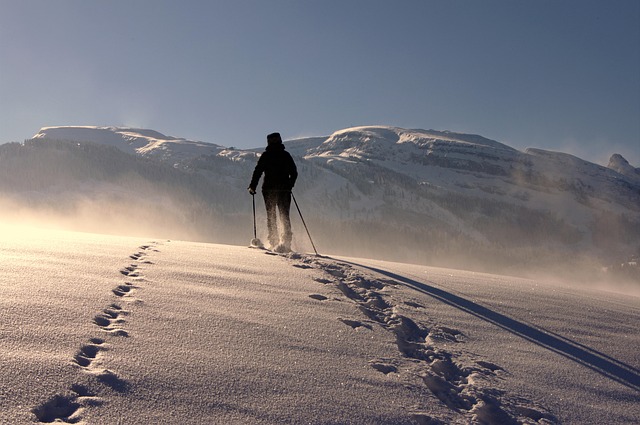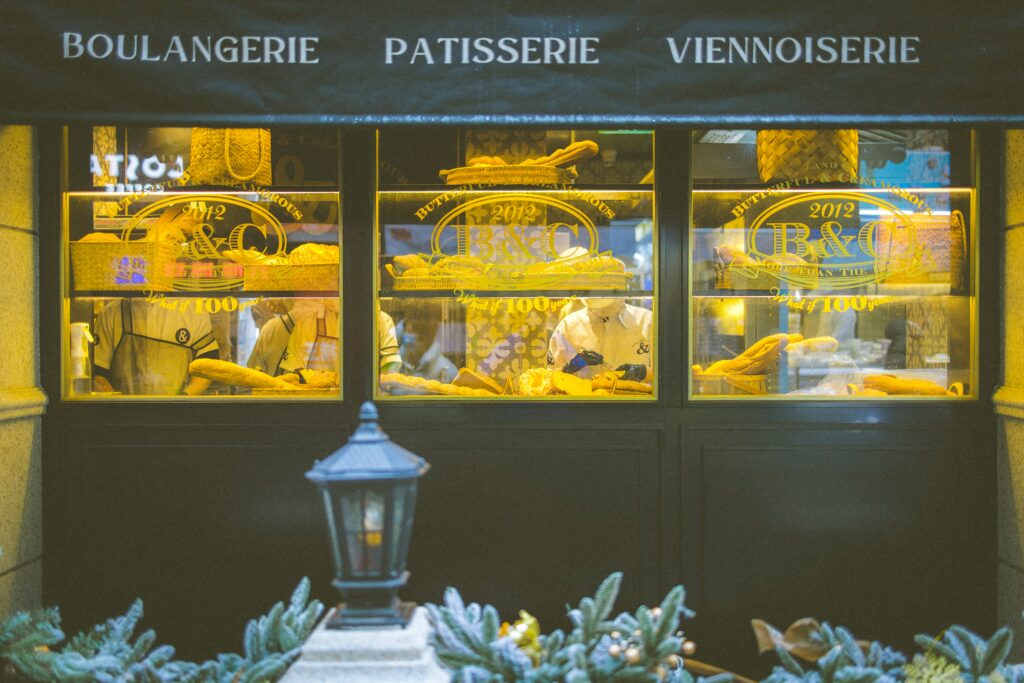Intro: Why Snowshoeing in Courchevel?
Courchevel in winter is a postcard come to life. Tucked deep in the French Alps, it’s stitched together by snow-dusted forests, frozen lakes, and sharp mountain ridgelines. Most people know it for luxury skiing, but there’s a quieter side—right off the ski map. Snowshoeing takes you into that silence.
Unlike downhill sports, snowshoeing doesn’t need lifts, gear rentals, or big crowds. It’s low-impact, low-drama, and opens up access to trails many people miss. You move slower—but see more. Hike past pines sagging with fresh snow or across open plateaus with nothing but crunching snow beneath you. It’s equally great if you’re a seasoned hiker looking for new terrain, or just not into skiing at all.
Timing matters. The best conditions roll in from late December through early March. Trails are usually packed enough to walk on but still pure enough to feel untouched. Make sure to check snow levels and local avalanche forecasts—especially after heavy storms. Weather moves fast up here. Dress smart, bring layers, and don’t forget sunglasses. There’s nothing as bright as alpine snow under a sunny sky.
What You’ll Need to Get Started
Essential Snowshoeing Gear Checklist
You don’t need a ton of gear to enjoy snowshoeing, but having the right basics makes all the difference. Here’s what you need:
Snowshoes: Pick a pair suited to your weight and the terrain—lightweight for packed trails, larger for powder.
Poles: Adjustable trekking poles with snow baskets help with balance and propulsion.
Waterproof boots: Insulated and comfortable; avoid anything that soaks through.
Gaiters: They keep snow out of your boots—worth every cent.
Pack: Lightweight daypack for snacks, water, and a spare layer.
Optional but smart: headlamp, hand warmers, microspikes (in case you hit icy patches), and a small first-aid kit.
Dressing for Alpine Winter Hiking: Layers, Waterproofing, Safety
Layer up, but with purpose. The base layer should wick sweat. The mid-layer traps warmth. The outer layer blocks wind and wet. Skip cotton—it holds moisture and chills fast. Focus on synthetics or merino wool.
Don’t forget gloves, a warm hat, and sunglasses (snow glare is real). Stick a neck gaiter or balaclava in your pack—it’ll earn its keep if wind kicks up.
Always carry a map or use GPS. Check avalanche forecasts before remote routes. Cell service can be hit or miss, so plan accordingly.
Guided vs. Solo: Choosing the Right Experience Level
If it’s your first time, consider booking a local guide. They know the terrain, the weather changes, the quiet routes. Plus, you learn a ton without worrying about getting lost.
More experienced hikers might prefer solo outings—but only with prep. Know your trail, the forecast, and let someone know your route. Courchevel’s trails are beautiful but wintry mountain conditions don’t forgive sloppy planning.
Bottom line: gear up, layer smart, and don’t bite off more trail than you can chew. Whether you’re on your own or with a guide, the right prep makes the adventure.
Trail 1: La Rosière Forest Loop
A great introduction to snowshoeing in Courchevel, the La Rosière Forest Loop blends natural beauty with gentle challenge. This scenic trail invites walkers to slow down and take in the serene alpine surroundings.
Highlights Along the Trail
Panoramic Valley Views: Enjoy far-reaching views across Courchevel’s snow-covered slopes and sparkling valleys — especially stunning on a clear winter morning.
Pine Forest Ambiance: Pass through peaceful conifer woodlands, where the only sounds are the crunch of snow and the whisper of wind through the trees.
Wildlife Spotting Opportunities: Keep an eye out for local wildlife, such as mountain hares or birds weaving between branches.
Trail Overview
Difficulty: Moderate — suitable for energetic beginners and active families.
Duration: Typically 1.5 to 2 hours, depending on pace and snow conditions.
Family-Friendly: Well-marked paths and gentle inclines make it a great choice for snowshoers of all ages.
Pro Tip: Early mornings often offer the calmest weather and crispest snow. Don’t forget your camera for some of the most underrated forest photo spots in the region.
This loop is a crowd-pleaser for a reason — an ideal mix of tranquility, accessibility, and Courchevel charm.
Trail 2: Col de la Loze Ridge Path
If you’re looking for sweeping, high-altitude vistas, Col de la Loze delivers. The trail runs along a broad ridge that feels more like walking the spine of the Alps than following a traditional path. Expect big-league views in all directions—especially on clear days when the sun lights up the surrounding peaks like a spotlight.
You can access the trail easily from Courchevel 1850. It’s a climb, but nothing too technical—more about taking it steady and enjoying the exposure. Snow conditions can shift fast up here, so pick a day with good visibility. You’ll want your camera or phone ready: it’s one of those rare spots where almost every step is a frame-worthy moment.
This isn’t your everyday forest stroll. It’s wide-open, raw alpine terrain—no crowds, no noise, just you and the ridge. Dress for wind and elevation, and be ready to pause more often than you planned. The views make it impossible not to.
Trail 3: Plan du Vah Circuit

If you’re new to snowshoeing, the Plan du Vah Circuit is your perfect entry point. The route is mellow, with little elevation gain, and the terrain is forgiving. You’ll skirt creeks, pass through quiet meadows, and meander under the light canopy of alpine woodland. It’s scenic without being overwhelming.
This trail offers a great sense of variety in a short session. You’re never far from something pretty—curving tree branches dusted with snow, frost-crusted open fields, and the occasional glimpse of a deer or fox if you’re lucky.
Logistics are simple, too. Shuttles run regularly to and from Le Praz and Courchevel 1650, so you can make this a morning or afternoon outing without the stress of a big mission. If you’re layering up for your first day out or just want a slower pace with space to breathe, this one delivers.
Trail 4: Lac de la Rosière to Belvédère Lookout
If you’re looking to break away from the more well-trodden snowshoe paths, this one delivers. The trek from Lac de la Rosière to Belvédère Lookout is less trafficked, more rugged, and rewards the effort with sweeping, quiet views over the Tarentaise Valley. Expect fewer crowds, more solitude, and a deeper connection to Courchevel’s wilder side.
The trail starts near the frozen lake and gradually climbs into rolling highlands. It’s not the steepest route, but it does require decent fitness and decent footwear—icy spots are common in colder weeks. Once you reach the Belvédère Lookout, take a moment. The horizon stretches wide, and you’ll see why locals love this pocket of peace.
This route also serves as a perfect starting point for anyone curious about backcountry adventures. For those ready to go deeper, brush up on off-piste adventure tips before you head out. Confidence on these trails begins with the right prep and mindset.
Other Winter Activities to Pair With
After a snowshoe hike through Courchevel’s powder-coated trails, nothing hits quite like a thick chalet hot chocolate or a quiet hour in a steam-filled spa. Most resorts and mountain hotels offer wellness zones—some with outdoor jacuzzis facing the slopes. It’s an easy way to thaw out tired legs and give your lungs a break.
If you’re not ready to call it a day, Courchevel has more in its bag than just ski runs. Ice-climbing up frozen waterfalls isn’t as extreme as it sounds when you’re with a guide. Tobogganing is pure, fast fun whether you’re eight or thirty-eight. Snow biking—fat tires and all—lets you cruise winter trails with a whole new rhythm.
For even more ideas beyond a day in ski boots, check out our guide to non-ski activities. You don’t have to ski to soak up every bit of what this mountain town offers.
Final Thoughts
Snowshoeing in Courchevel strips things back to the essentials—snow, silence, space. You’re not dodging skis or lift lines. It’s just you, a trail, and the sound of crunching snow underfoot. The high-alpine landscapes deliver views most skiers miss: frozen creeks, untouched ridgelines, and valleys that stretch for miles.
This isn’t just a gentle walk—it’s movement with purpose. You’ll feel it in your legs, your lungs, even your head. Snowshoeing can clear mental clutter as well as it builds fitness. A good trek is part adventure, part meditation.
But don’t get careless. The alpine is beautiful, but it’s also real winter terrain. Dress smart—layer up with moisture-wicking fabrics, waterproof boots, and wind-resistant shells. Make safety your co-pilot, especially if you’re heading off-piste. And don’t forget to pause. Let the stillness sink in—it’s part of what makes snowshoeing in Courchevel worth every step.

 Matthew Farrell
Is a talented author at Winder Sportisa, renowned for his insightful and engaging writing. With a deep passion for sports and a keen eye for detail, Matthew crafts content that resonates with a diverse audience. His commitment to accuracy and storytelling excellence has made him a valuable asset to the team. Matthew's work reflects the core values of Winder Sportisa, emphasizing community, integrity, and innovation. Through his writing, he not only informs but also inspires readers, contributing to the company's mission of creating a supportive and inclusive environment. His dedication and skill continue to elevate the quality of Winder Sportisa's content.
Matthew Farrell
Is a talented author at Winder Sportisa, renowned for his insightful and engaging writing. With a deep passion for sports and a keen eye for detail, Matthew crafts content that resonates with a diverse audience. His commitment to accuracy and storytelling excellence has made him a valuable asset to the team. Matthew's work reflects the core values of Winder Sportisa, emphasizing community, integrity, and innovation. Through his writing, he not only informs but also inspires readers, contributing to the company's mission of creating a supportive and inclusive environment. His dedication and skill continue to elevate the quality of Winder Sportisa's content.
